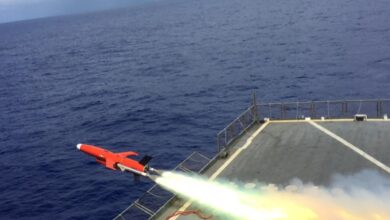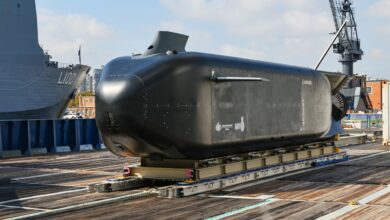The US Space Force’s Wide Field of View Geosynchronous Earth Orbit (WFOV GEO) testbed has successfully received its sensor’s “first light” data.
The large sensor provides Overhead Persistent Infrared information from geosynchronous orbit to support hypersonic missile tracking/warning operations.
According to the space force, the WFOV GEO sensor “will help expand battlespace awareness, improve technical intelligence, and facilitate the development of new capabilities.”
The demonstration was led by experts from US Space Systems Command in collaboration with the Boulder-based Tools, Applications, and Processing (TAP) Laboratory.
“TAP Lab is ready to play a critical role in first light and subsequent calibration and experimentation phases that will lay the foundation to operationalize WFOV,” TAP Lab Director Steve Polliard said.
“We’re proud to be part of a tightly-integrated team that brings together world-class researchers, developers, analysts, subject-matter experts, and operators, ready to realize the full potential of this tremendous new asset in space.”
“WFOV will enable us to showcase TAP Lab’s unique ability to extract meaningful information from OPIR (Overhead Persistent Infrared) data, while hosting critical ground functions such as mission planning and mission data processing.”
‘Faster Than Traditional Sensors’
The WFOV GEO testbed was launched aboard the USSF-12 mission rocket in July. It went online and completed bus checkout the following month.
“We are very excited for this milestone as we continue to march towards WFOV joining the family of contributing sensors to the missile warning architecture,” US Space Systems Command Senior Material Leader Col. Heather Bogstie said.
“WFOV and the team at the TAP Lab are key contributors to the pivot of missile warning/missile tracking, as it will enhance data exploitation and streamline test and certification of non-traditional sensors into the architecture.”
“This will enable the network to transmit validated data to the warfighter faster than with traditional sensors.”












